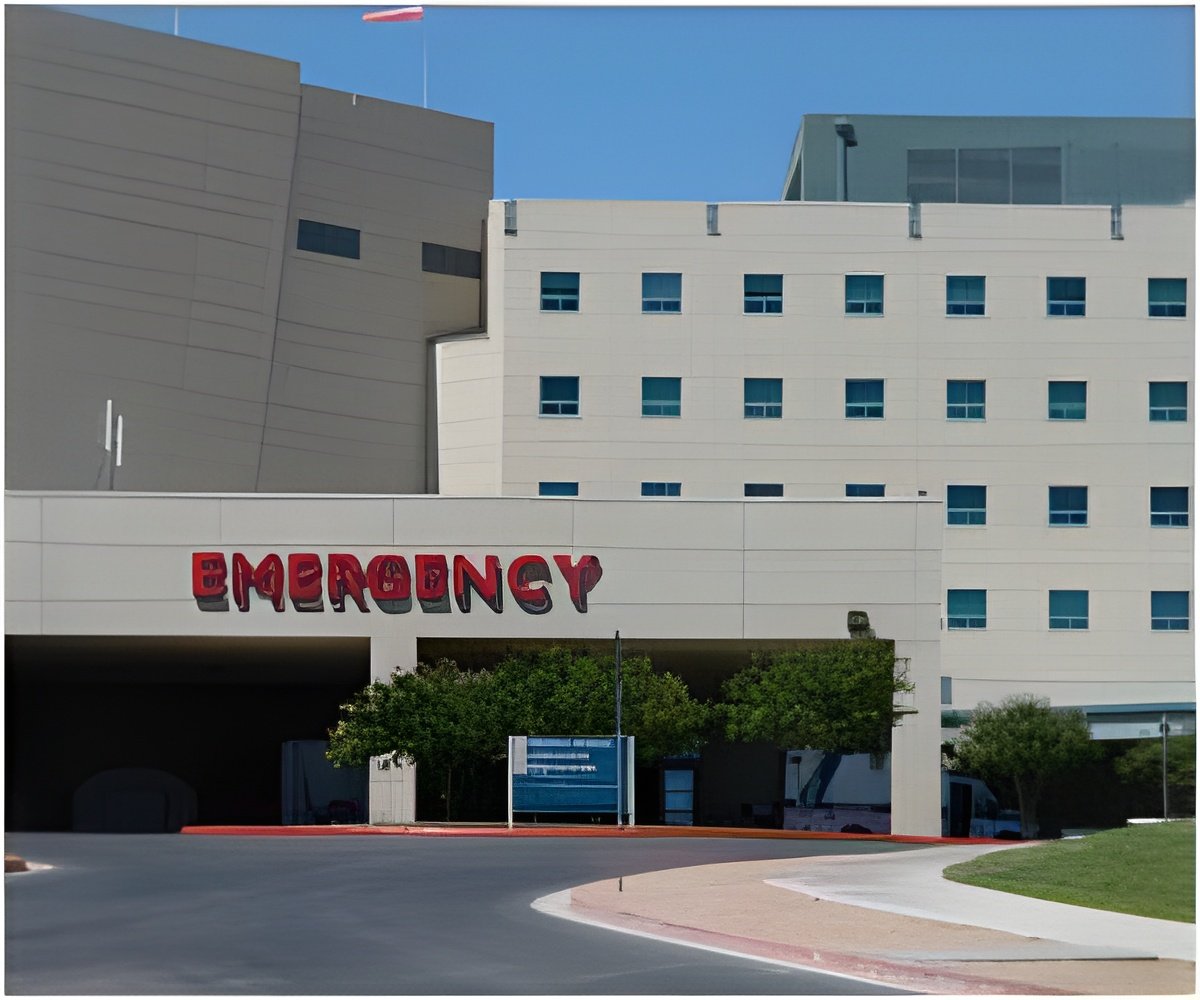
‘People who visit emergency rooms (ER) for mental health care were transferred to another facility at six times the rate of people who visit ERs for non-psychiatric conditions.’
Tweet it Now
"Previous research shows that patients in the ER often experience lengthy wait times, but our new study shows that psychiatric patients wait disproportionately longer than other patients - sometimes for several hours - only to ultimately be discharged or transferred elsewhere," said lead author Jane M. Zhu, a National Clinician Scholar in the department of General Internal Medicine at the Perelman School of Medicine at the University of Pennsylvania, and a fellow at Penn's Leonard Davis Institute of Health Economics. "Overall, the study highlights the degree to which emergency departments struggle to meet the needs of mental health patients." The study examined length-of-stay data for more than 200,000 psychiatric and non-psychiatric ER visits during 2002-2011. Length-of-stay is a standard measure of ER crowding and access to services. The dataset came from the National Hospital Ambulatory Medical Care Survey (NHAMCS), an annual survey by the Centers for Disease Control and Prevention that derives national estimates of various measures of health care provision based on visits to sample hospitals.
The analysis showed that for the vast majority of psychiatric patients, the average length-of-stay was significantly longer than for non-psychiatric patients: 355 versus 279 minutes for patients admitted for observation, 312 versus 195 minutes for patients who were transferred to other facilities, and 189 versus 144 minutes for patients who were discharged.
For patients who were eventually admitted to the hospital, the average length-of-stay for psychiatric patients wasn't significantly different than for their non-psychiatric counterparts, but fewer than one-fifth (18%) of psychiatric patients fell into this category.
During the period studied, the annual number of visits to ERs by adults in the US rose by 30% (from 82.2 million to 106.8 million), but psychiatric visits increased even more dramatically, by about 55% (from 4.4 million to 6.8 million). Alcohol-related disorders represented a rising proportion of these visits. Perhaps unsurprisingly, given the increasing pressure on ERs, longer median lengths of stay for psychiatric patients generally persisted throughout this period.
Advertisement
The authors say that on the whole, the findings suggest deficiencies in emergency departments' capacity for psychiatric care. The largest underlying factor, they say, is a shortage of psychiatric inpatient beds, which stems from the "de-institutionalization" of a large portion of the U.S. psychiatric inpatient population, which began in the late 1960s. Between 1970 and 2006, state and county psychiatric inpatient facilities in the country cut capacity from about 400,000 beds to fewer than 50,000. Many psychiatric patients who would otherwise have been receiving long-term care have thus gone relatively untreated and have frequently ended up at ERs, straining their capacities.
Advertisement
"There has been progress made recently as the number of hospital-based psychiatric ER units has increased, along with regional psychiatric emergency care facilities that can quickly take in patients who visit local ERs," Zhu said. "However, these improvements have yet to offset the overall shortage of psychiatric inpatient resources."
Source-Eurekalert











